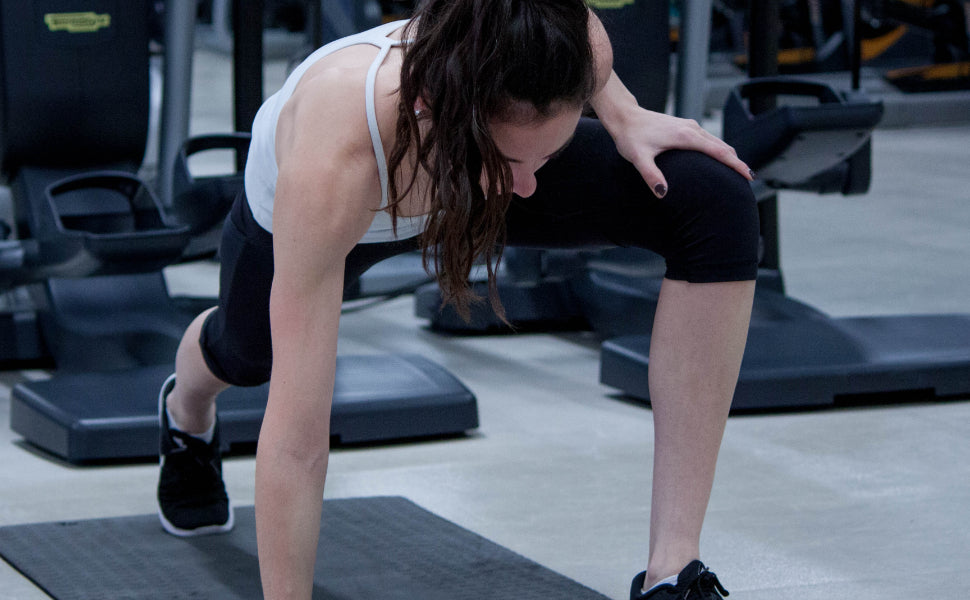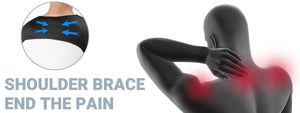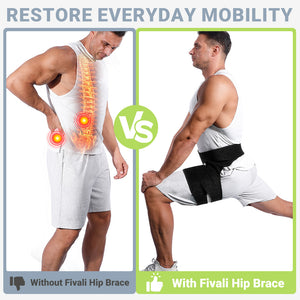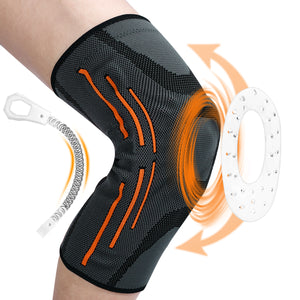What If Your Knees Don't Work?

The function of the knee, as a central articulation of the human body, has a significant influence on the quality of our daily lives. Not only does knee dysfunction limit our range of motion and cause pain and discomfort, but it may also lead to mobility issues, which can significantly impact our quality of life. In this article, Fivali will explore the challenging situation of knee functional disorders with you and propose a comprehensive treatment approach for our patients.
Challenges Faced When Knees Don't Work
Problems caused by abnormal knee function vary from simple pain and discomfort to limited mobility to psychological anxiety. In such cases, the patient's daily life, work, and social activities may be greatly restricted. Specificity manifests itself in the form of:
- Mobility Issues: Limited pain and restricted range of movement make it challenging to walk, climb stairs, or remain on your feet for extended periods throughout the day.
- Pain and Discomfort: The chronic knee pain, swelling, and discomfort can interrupt routine daily activities and lower the overall well-being of your life.
- Physical Activity Limitations: As the inability to participate in sports, exercise, or entertainment activities declines, so does physical health and overall well-being.
- Emotional and Psychological Impact: Being angry, sad, and depressed with a sense of loss for freedom, as well as being incapable of doing the things you used to enjoy.
- Social Restrictions: Difficulty participating in social events, outings, and gatherings owing to mobility limitations and discomfort, resulting in feelings of isolation and loneliness.
- Working and Lifestyle Modifications: The need to modify job obligations and everyday routines to accommodate decreased mobility and physical capacities, which can influence one's career and personal life.
Overcoming knee joint dysfunction required a multi-pillar approach. A combination of medical treatment, physiotherapy, auxiliary aids, and psychological support is necessary to effectively alleviate patients' suffering and assist them in readjusting to life.
Coping Strategies and Treatment Options
Knee joint functional disability can be effectively relieved and improved with an appropriate response strategy and therapy choices. Patients can actively participate in rehabilitation and regain a healthy knee through a variety of methods.
Physical Therapy: A professional knee rehabilitation physiotherapist can not only help patients with the strength and scope of motion of their deficit knee, but also effectively relieve pain and promote overall rehabilitation. They will provide professional guidance and advice tailored to the patient's actual condition, enabling you to regain a healthy life.
Medication: NSAIDs, painkillers, and corticosteroid injections are popular approaches to relieving knee complaints and pain. However, any medication should be administered under a doctor's supervision to ensure it is safe and effective.
Assistive Devices: The use of canes, crutches, or knee supports is effective in supporting and stabilizing the body, relieving stress on the knee joints, increasing mobility, and helping the recipient become more Independent in their daily activities.
Surgical Interventions: At the extreme end of the continuum, surgical procedures such as arthroscopy, partial knee replacement, or total knee replacement may be required to reinstate compromised cartilage or to repair and restore the complete articulation of the kneecap. These operative interventions are an efficient treatment for serious knee injuries.
Lifestyle Changes: Maintaining a healthy weight through a balanced diet and regular exercise helps reduce knee stress. Swimming and cycling are low-impact activities that can be useful. It is also crucial to avoid activities that aggravate knee pain or stiffness.
Pain Management Techniques: Alternative therapies such as heat or cold therapy, massage, acupuncture, and transcutaneous electrical nerve stimulation (TENS) may provide brief relief from knee pain.
Consultation with healthcare professionals is essential to evaluating the best coping tactics and treatment options based on individual circumstances and the severity of knee dysfunction. Individuals can benefit from a tailored strategy for efficiently managing their condition, improving knee function, and improving their overall quality of life.
Knee Brace

The various types of braces are designed to provide varied degrees of support based on the severity of your injury or condition.
Knee braces are effective in soothing swollen joints by applying compression and heat. At the same time, the stability provided by knee pads reduces pain from activities such as walking and running. If you have any questions regarding knee braces, please don't hesitate to let us know what we can do for you. We would be happy to answer them for you.
-
Posted in
Brace, Healthy Lifestyle, Joint













